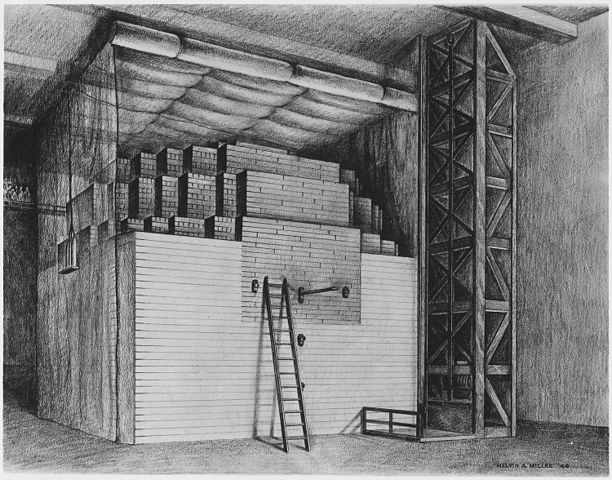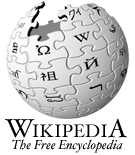 |
This is a file from the Wikimedia Commons. Information from its description page there is shown below.
Commons is a freely licensed media file repository. You can help.
|
| Description |
English: The first nuclear reactor was erected in 1942 in the West Stands section of Stagg Field at the University of Chicago. On December 2, 1942 a group of scientists achieved the first self-sustaining chain reaction and thereby initiated the controlled release of nuclear energy. The reactor consisted of uranium and uranium oxide lumps spaced in a cubic lattice imbedded in graphite. In 1943 it was dismantled and reassembled at the Palos Park unit of the Argonne National Laboratory.
|
| Date |
Unknown |
| Source |
http://narademo.umiacs.umd.edu/cgi-bin/isadg/viewobject.pl?object=95120 |
| Author |
Melvin A. Miller of the Argonne National Laboratory |
Permission
( Reusing this file) |
| Public domainPublic domainfalsefalse |
 |
This image is a work of a United States Department of Energy (or predecessor organization) employee, taken or made as part of that person's official duties. As a work of the U.S. federal government, the image is in the public domain.
Please note that national laboratories operate under varying licences and some are not free. Check the site policies of any national lab before crediting it with this tag.
|
 |
|
File usage
The following pages on Schools Wikipedia link to this image (list may be incomplete):
Wikipedia for Schools is one of SOS Childrens Villages' many educational projects. More than 2 million people benefit from the global charity work of SOS Childrens Villages, and our work in 133 countries around the world is vital to ensuring a better future for vulnerable children. Have you thought about sponsoring a child?




